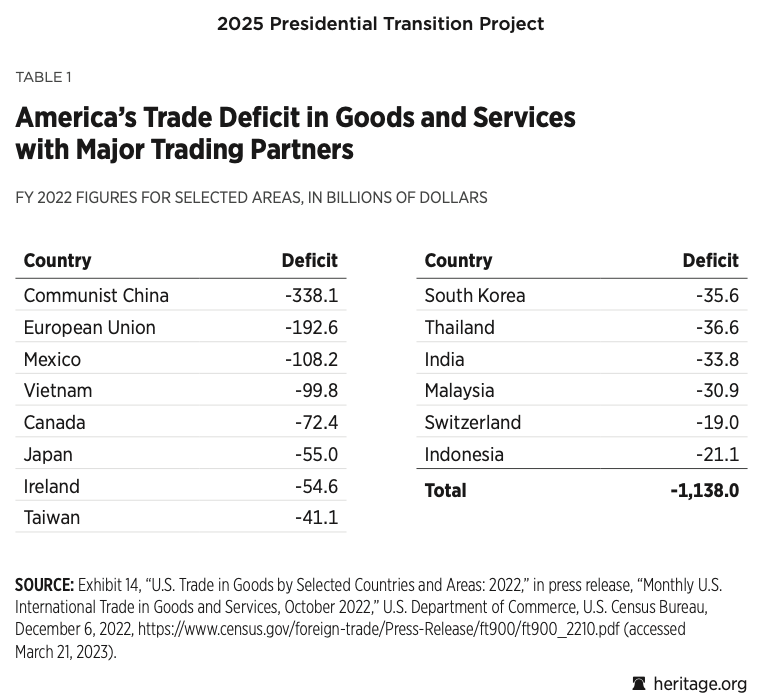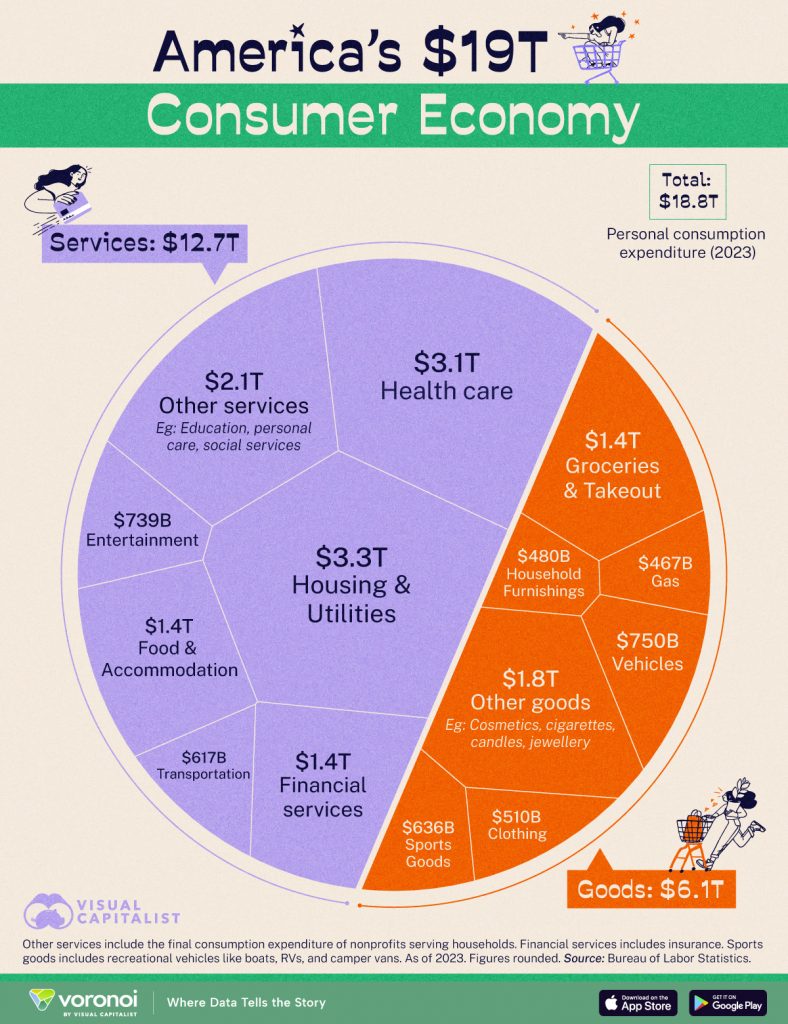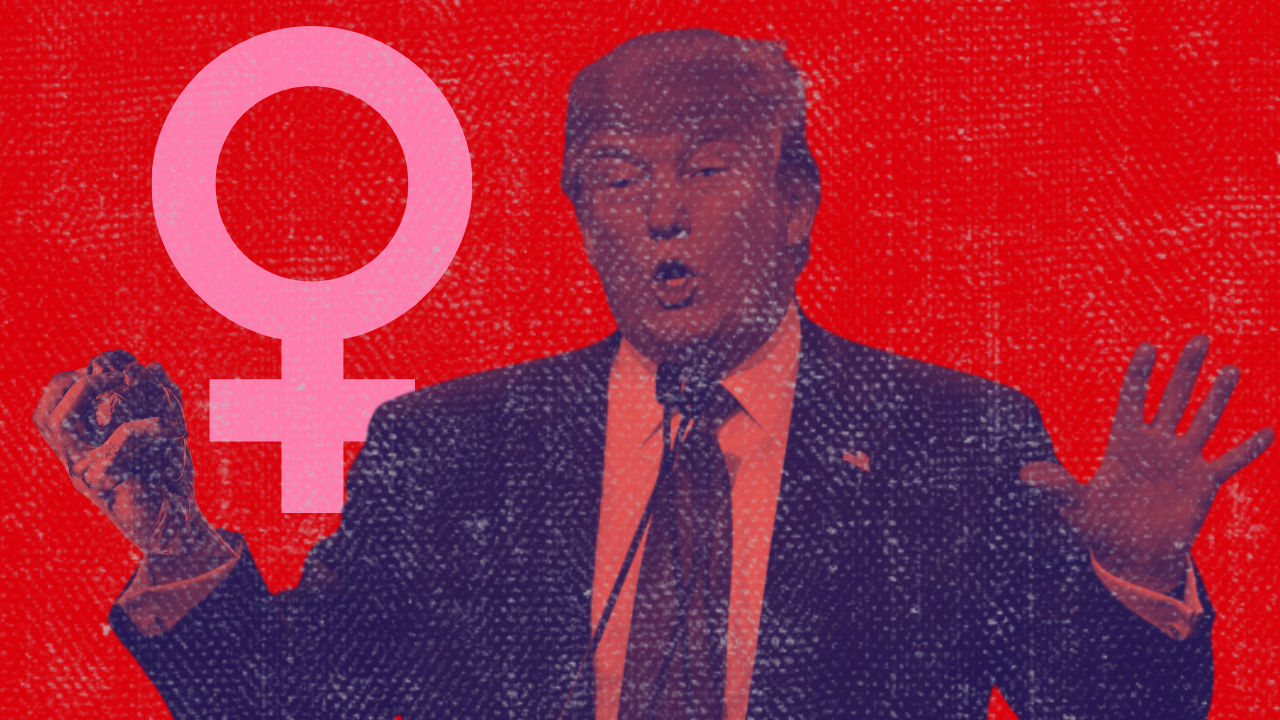Policy in Plain Sight: The Tangible Costs of Trump’s Tariffs on Dallas
This article, part of The Dallas Nomad's "Policy in Plain Sight" series, examines the tangible impact of Trump-era tariffs

This article is part of a new series by The Dallas Nomad, “Policy in Plain Sight,” which aims to break down complex policy issues and analyze how they impact the everyday lives of Dallas residents.
The ripple effects of economic policy can often seem abstract, confined to boardroom discussions and government reports. However, the reality is that policies, like the tariffs President Trump has issued to what seems to be the entire globe, have very tangible consequences for individuals and communities. The sweeping and indiscriminate tariffs imposed in just the first 100 days the Trump administration serve as a stark reminder of this, creating a chain reaction that impacts everything from the prices we pay to the jobs we hold. And here in Dallas, these effects are being felt in unique and significant ways.
The Policy and Its Stated Goals
Tariffs, essentially taxes on imported goods, were a key component of the Trump administration’s trade policy, which was strongly influenced by the Heritage Foundation’s Project 2025 (yes, the same plan that Trump claimed, while on the campaign trail, to know nothing about). The administration (or Heritage Foundation) argued that these tariffs were necessary to protect domestic industries from what they viewed as unfair competition from foreign countries, particularly China. The stated goals of these tariffs were to:
- Protect Domestic Industries: By making imported goods more expensive, the administration aimed to encourage consumers to buy American-made products, thus supporting domestic manufacturers.
- Incentivize American Manufacturing: The tariffs were intended to pressure companies to move their production facilities to the United States, creating more jobs for American workers.
- Reduce the Trade Deficit: The administration aimed to decrease the trade deficit (the difference between how much the U.S. imports and how much it exports) by making imports less attractive.
- Negotiating Leverage: The administration also used tariffs as a tool to try to gain leverage in trade negotiations with other countries, many of whom want access to the American consumer base. The administration believed that the threat of tariffs would force these countries to agree to more favorable trade terms for the U.S.
However, the interconnected nature of the global economy means that these costs are rarely absorbed solely by the corporations who are importing these foreign products. Instead, they are passed down through the supply chain, ultimately hitting Americans who’ve been conditioned to consumer excessive in the form of higher prices everything from everyday goods to luxury items. Even a seemingly small increase for everyday items can strain household budgets, particularly for low-income families who spend a greater proportion of their earnings on necessities.
For example, tariffs on clothing imports can significantly impact the prices of fast-fashion items sold by retailers like SHEIN, who have become the go-to retailers for Americans headed South for their annual beach vacation and find themselves in need of a completely new wardrobe. Because SHEIN’s inventory is made up exclusively of imported goods, mostly in order to offer affordable prices, and tariffs can erode this affordability for consumers, potentially affecting demand and the company’s entire business model. And this impacts more than just stacked jeans and swimsuit cover ups. Tariffs on imported steel and aluminum can also increase the cost of cars and homes, making these major purchases more expensive for Dallas residents.
Impact on the Labor Market
The impact doesn’t stop at the checkout counter. Tariffs also create a ripple effect in the labor market. The recent announcement of 20,000 employee layoff at UPS, a major logistics company, provides a chilling example. UPS has cited a decrease in shipping volume, driven in part by the economic uncertainty caused by tariffs and exacerbated by factors like the downsizing of their contract with Amazon by 50%, as a key factor in their decision to reduce their workforce.
This situation illustrates a vicious cycle:
- Tariffs increase the cost of imported goods.
- Businesses face higher input costs and/or reduced consumer demand.
- Companies like UPS experience decreased shipping volumes and revenue.
- To cut costs, these companies lay off workers.
- Unemployment rises, further dampening consumer demand and economic growth.
The quick-lived threat by Amazon to display “tariff prices” on their website further underscores this point. While passthrough price increases have the potential to impact consumer habits over time, making the impact of tariffs transparent to consumers in real time could mean an almost immediate impact. Amazon aimed to demonstrate how these policies directly inflate the price of goods. And although the decision was overturned, apparently after a discussion between President Donald Trump and Amazon Founder Jeff Bezos, this kind of transparency could lead to increased public awareness of the economic consequences of tariffs, potentially impacting consumer behavior by dampening consumer confidence.
The UPS layoffs are a stark reminder that tariffs have real-world consequences for American workers. These are not just abstract numbers on a balance sheet; they are individuals and families who could now face financial hardship and uncertainty. The long-term effects of such job losses can be devastating, leading to decreased consumer spending, increased strain on social safety net programs, and a widening of the income inequality gap.
Moreover, the disruption to global supply chains caused by tariffs can harm American businesses that rely on imported components, making them less competitive in the global market. This can lead to further job losses and economic decline.
While the stated goal of tariffs may be to protect domestic industries, the reality is far more complex. The consequences of tariffs extend far beyond the targeted industries, impacting consumers, workers, and the overall economy. As policymakers grapple with the complexities of international trade, it is crucial to consider the tangible costs of tariffs and their impact on the lives of ordinary Americans.

The Role of U.S. Consumer Spending
The United States has one of the largest consumer markets in the world. American consumers spend a significant portion of their income on goods and services, driving a substantial part of the global economy. This high level of consumption gives the U.S. considerable negotiating power in international trade.
To put this in perspective: In 2023, Chinese households’ total consumption was $6.96 trillion, which amounted to 39% of gross domestic product (GDP). By way of comparison, household consumption in the United States was $18.82 trillion (68% of GDP), almost three times that of China. By the way, the U.S. has a population of around 330 million while China has a population of around 1.4 billion!

Despite having a much smaller population, the U.S. consumer market is a key driver of global demand. Data indicates that household consumption in the United States is significantly higher than in China, both in total and per capita. This disparity is due to a combination of factors, including higher average incomes and different cultural attitudes towards saving and spending.
But this is one reason the Trump Administration believes it holds the cards. The fact that American consumers spend so much makes the U.S. an attractive market for foreign producers. This gives the U.S. government leverage in trade negotiations, as other countries want access to this large and lucrative market. However, it also means that policies like tariffs, which raise prices for consumers, can have a significant impact on the American economy and the global trade landscape.
The Challenges of Ramping Up U.S. Manufacturing
The Trump administration’s goal of revitalizing American manufacturing faced significant challenges. Ramping up domestic production is not as simple as imposing tariffs and expecting companies to shift their operations overnight. Several factors make this a complex process:
- A History of Offshoring: The shift of supply chains, manufacturing, and labor overseas began decades ago, driven in large part by corporate decisions seeking to maximize profits. This “offshoring” was incentivized by lower labor costs, less stringent environmental regulations, and favorable tax policies in other countries. While this strategy increased profits for many corporations, it also led to the decline of manufacturing in the U.S. and the loss of numerous jobs.
- Globalized Supply Chains: Many U.S. companies rely on complex global supply chains that have been built up over decades. Shifting these supply chains to domestic sources is often costly, time-consuming, and may not even be feasible for certain products.
- Shift to a Service Economy: Over the past few decades, the U.S. economy has shifted increasingly towards service-based jobs. This has led to a decline in manufacturing jobs and a corresponding decrease in the number of workers trained in manufacturing skills. As a result, there is now a shortage of skilled labor in the U.S. to support a significant expansion of domestic manufacturing.
- Automation and Technology: Modern manufacturing relies heavily on automation and advanced technology. While this can increase efficiency, it also means that even with increased domestic production, the number of new jobs created may not be as significant as in the past.
- Labor Costs: Labor costs in the U.S. are generally higher than in many other countries, making it more expensive for companies to produce goods domestically.
- Infrastructure and Investment: Significant investment in infrastructure, new factories, and worker training would be required to support a major expansion of domestic manufacturing.
The Impact on Dallas
Dallas, as a major hub for trade, logistics, and technology, is particularly vulnerable to the effects of tariffs. Here’s how:
- A Major Trade and Transportation Hub: Dallas is a central hub for the movement of goods, with major highways, railways, and the incredibly confusing DFW international airport. Tariffs can disrupt these trade flows, leading to decreased shipping volumes, increased transportation costs, and delays in the delivery of goods. This directly affects companies like UPS, which have a significant presence in the Dallas-Fort Worth area, and can lead to job losses and economic disruption for the region’s large transportation and logistics sector.
- Growing Technology Sector: Dallas has a rapidly growing technology sector, with many companies relying on imported components from countries affected by tariffs. Increased costs for these components can hinder the growth of these businesses and potentially lead to higher prices for consumers, affecting the city’s competitiveness in attracting and retaining tech companies.
- Retail Concentration: Dallas is a major retail market, and many local businesses rely on imported goods. Tariffs can increase the cost of these goods, making it more difficult for these businesses to compete, potentially leading to job losses in the retail sector, and impacting consumer spending patterns in the city.
- Direct Consumer Impact: Dallas residents, like Americans across the country, are facing higher prices for a wide range of goods due to tariffs. This can strain household budgets, particularly for low-income families in a city with significant income inequality.
- Business Concerns: Dallas businesses have been vocal about the impact of tariffs. A recent survey conducted by the Dallas Federal Reserve indicated concern among local executives about the negative effects of tariffs on their operations. Additionally, a key Texas manufacturing gauge has reached its worst level since 2020, reflecting the broader economic impact of trade tensions. Small businesses in the Dallas Market Center have also taken action, backing the Stand with Main Street petition to pause tariffs on imports, demonstrating the widespread concern about the negative consequences of these policies.
Okay So, What Can I Do?
The challenges posed by tariffs and their impact on the economy may seem daunting, but there are actions we as individuals can take to mitigate their effects and contribute to a more resilient local economy. Here are some steps you can take to survive tariffs and the trade war:
Personal Actions:
- Reduce Consumption: Consider reducing your overall consumption of goods, particularly non-essential items. This can lessen the direct impact of tariffs on your personal finances.
- Prioritize Needs Over Wants: Focus on purchasing essential goods and services, and be more mindful of discretionary spending.
- Embrace Frugality: Adopt a more frugal lifestyle by finding ways to save money, such as cooking at home, using public transportation, and seeking out free or low-cost entertainment options.
- Repair and Reuse: Instead of buying new items, learn to repair and reuse what you already own. This can save money and reduce waste.
- Buy Local: Support local businesses and purchase locally made goods whenever possible. This can help to strengthen the local economy and reduce reliance on imported goods.
- Barter and Swap: Participate in local barter or swap groups to exchange goods and services without spending money.
Professional Actions: In the next decade, it’s projected that the U.S. will need 1.9 million skilled tradespeople. Tired of sitting behind a desk? Now may be the time to take advantage of that career change.
- Learn a Skilled Trade: Consider pursuing a career in a skilled trade, such as carpentry, plumbing, or electrical work. These skills are in high demand and can provide stable, well-paying jobs. Recessions are known for making millionaires, and you can position yourself to take advantage of the “America First” or “Made in America” move by learning a trade or finding something to manufacture.
- Support Vocational Training: Advocate for increased funding and support for vocational training programs in schools and community colleges.
Community and Political Actions:
- Get Informed: Stay informed about economic policies, including tariffs, and their potential impact on your community.
- Engage with Policymakers: Contact your elected officials to express your concerns about the impact of tariffs and advocate for policies that support local businesses and workers.
- Support Local Initiatives: Get involved in local initiatives that promote economic resilience, such as community gardens, tool-sharing programs, and Buy Local campaigns.
In future installments of “Policy in Plain Sight,” The Dallas Nomad will continue to analyze policies at the local, state, and federal levels, providing Dallas residents with the information they need to understand how these decisions affect their daily lives.








